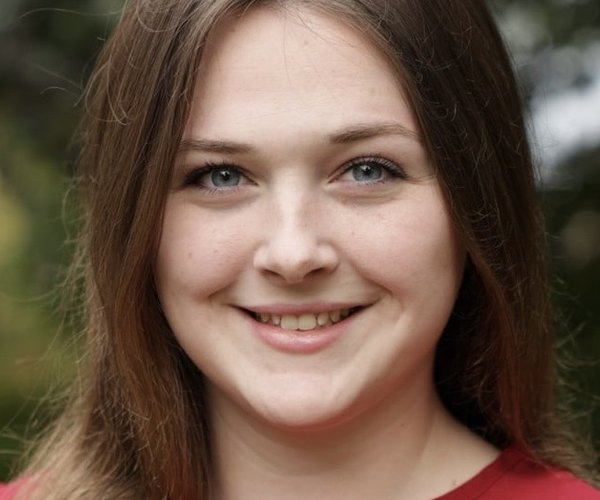Imagine college students and elementary school students learning together about the way a constructed wetland purifies the waste water from a green building.
Imagine the fascination of a crowd as they view a detailed explanation and simulation of a lunar eclipse projected on the dome of a 180-degree theater, then climb to an observation deck on the roof of the same building to observe an eclipse as it happens.
Imagine educating top-performing math and science students in the Newton County School System and at Oxford College of Emory University, then having those same students return to the area after college to work in hospitals, laboratories and new high-tech businesses.
All of these scenarios are coming closer to reality as plans come together for a cutting-edge $35 million Science and Mathematics Building at Oxford College. The new building is designed to meet certification from the Leadership in Energy and Environmental Design (LEED) Green Building Rating System from the U.S. Green Building Council, a designation available only to buildings that demonstrate energy efficiency and sustainability.
The building's unique, environmentally sustainable features will include:
o A constructed wetland on the building's site, which is located on the lowest elevation of the central campus, to capture wastewater from the building and runoff from the campus.
The wetland will provide habitat for microbes and native plants that will be studied as they clean the water.
o Outdoor classroom seating, carefully placed native trees and plants, and a lightweight bridge structure on the third floor that will reach into the forest canopy for observation and learning of the natural environment.
o A "green roof" that will be partially covered with vegetation and soil to reduce water runoff and improve the energy efficiency of the building, as well as being used for instruction. The roof also will feature a greenhouse and an astronomy observation desk.
o A multi-disciplinary Visualization Theater will feature a state-of-the-art 180-degree projection camera. Three-D, sensory-rich technologies will project images that range from galaxies to chemical reactions to subatomic particles for teaching and community events.
o A gallery where art meets science will feature both permanent art and rotating collections and will be available for public events.
o A long orientation on an east/west axis will make it possible to have enough natural light in the building to light all occupied spaces during daylight hours without the need for artificial lighting. Lighting devices on sensors will gradually adjust the level of artificial light as needed.
Oxford College has a long tradition of preparing science majors who excel on the Atlanta campus, earn Ph.D.s from top-flight research universities - especially Emory - and make major contributions to the world at large. The new building will greatly enhance our ability to produce these leaders for the future, and the building itself will be a model of sustainable design and construction for the community.
The building is meant to provide the best education for our students in math and the sciences, but the building itself will also be a living part of that education.
To have groups of local school students come see how the building impacts water and the environment - and to show them how the design of the building mitigates these impacts - will be important in helping a whole generation understand how we fit into the world.
The building also has the potential to expand the relationships Oxford has with the business community.
Having a science building like the one we plan at Oxford will be a tremendous plus for attracting high-tech businesses, which seek out first-class educational facilities nearby to train the kind of workforce they need for their industries.
This is especially timely with the development of the 1,500-acre Stanton Springs Technology Park located at the junction of Morgan, Newton and Walton Counties.
Companies - such as CR Bard, a medical-device research-and-development company in Covington - have already met with us to discuss developing partnerships for sharing of equipment and facilities that will be a part of the new building. Currently, CR Bard has partnerships with Emory and Georgia Tech for engineering support, clinical trial work and bench-top testing and study. The company is looking forward to the opportunity to have these types of lab facilities nearby to assist in their research and development.
Although half of the funding for the project has been pledged by Emory University, Oxford is seeking supporters interested in helping defray the remaining construction costs for the building and to sponsor the inclusion of the Visualization Theater.
We welcome questions from individuals, foundations, and businesses interested in partnering with us to bring this building to fruition.
Stephen Bowen is the dean of Oxford College of Emory University.





